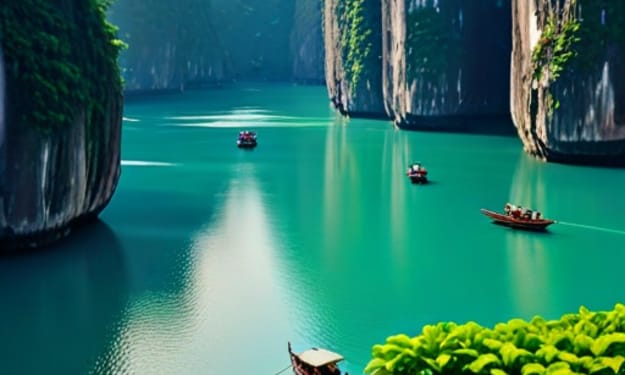How to Capture the Essence of Morocco: Photography Tips for Your Moroccan Getaway
Everything You Need to Know!

When you talk to photographers who've tried capturing the essence of Morocco through their lenses, they'll tell you it's no walk in the park. Sure, the desert's ever-shifting sands and the snow-capped peaks offer a test of skill, but ask any shutterbug who's been there, and they'll likely share that the real challenge lies in photographing the Moroccan people themselves!
Tips and Things to Know
If you're planning to snap some shots in Morocco, here's the inside scoop.
Blending in and being nice can open doors for you. Always ask before taking someone's photo – it's just common courtesy, and while people on the street might not always be camera-friendly, they'll appreciate the gesture. And sometimes they might surprise you with a yes!
If you've just picked up a souvenir or two, most shopkeepers won't mind posing for a picture. It's a great way to break the ice. Speaking of breaking the ice, if you've been brushing up on your Moroccan Arabic, show off your skills by asking for a photo in the local language. It could really boost your chances!
Now and then, you might get asked to cough up a small fee, like 5-10 dirhams, especially if you're in the old medinas or snapping pics of the local craftspeople at work. It's pretty standard, so you should keep some change handy for this.
A heads-up about Jemaa el-Fnaa in Marrakesh: capturing the essence of the street performers here does come with a price tag. But if you’re staying at La Maison Arabe Marrakech, you should definitely give it a go, as Jemaa el-Fnaa is located just minutes from the hotel.
Looking for the best way to explore Morocco? Trip through the beautiful mountainous landscape of the country, and you’ll stumble across the best photo ops!
What About the Camera?
The market's brimming with top-notch options, from the heavy hitters like Canon and Nikon to Sony and Pentax. For a trip like this, many gravitate towards something like the Sony a7iii mirrorless. It’s compact but doesn’t skimp on power, thanks to its full-frame sensor, not to mention its sharp autofocus and stellar performance in low light – perfect for travel photography.
Canon and Nikon have entered the mirrorless arena as well, offering some solid contenders, though their lens selection and autofocus tech are still catching up to Sony's offerings. The Fuji X-T3 is another excellent choice, especially for those who don't mind a crop sensor and love vibrant, ready-to-use JPEGs – pair it with Fuji’s renowned 23mm f/1.4 lens for some sharp imagery. The Sony a6000 series is another popular choice, frequently spotted across Morocco.
Smartphones shouldn't be underestimated either. The cameras on these devices have become incredibly sophisticated, offering a discreet way to capture images and video, which can be great for candid shots. The latest iPhones, like the 11 Pro, come equipped with advanced photography features – just be sure to familiarise yourself with the zoom and lighting options to make the most out of it.
What Else Do You Need?
Start by laying out all your gear to ensure it fits into your carry-on because checking in camera gear isn't usually the best move. What's essential can vary, but here are some must-haves:
Pack plenty of high-speed SD cards. They're hard to come by in Morocco, so it's better to have too many than too few.
A lens and sensor cleaning kit are indispensable. Dust and smudges are the enemies of a perfect shot, so being prepared to clean your gear is a must.
A quality camera strap can make a world of difference.
A screen protector for your camera's display is a small investment that can prevent costly damage.
Be ready for rain or sand with some form of protective gear for your camera. Even a simple plastic bag can be a lifesaver in a pinch.
Don't forget a plug adapter for charging your devices if you're coming from outside Europe. Most modern electronics are dual voltage, but it's always good to check.
Consider your filter needs. Whether it's for protection, like a UV filter, or effect, like polarizing or ND filters, high-quality options are worth the investment if you plan to use them.
Pack some extra batteries.
The right day bag will keep your gear safe and accessible. Whether you prefer something that can hold just your camera and a lens or a larger bag for additional items, choose one that suits your travel style.
For landscape photography, tripods are generally hassle-free.
About the Creator
Enjoyed the story? Support the Creator.
Subscribe for free to receive all their stories in your feed. You could also pledge your support or give them a one-off tip, letting them know you appreciate their work.





Comments
There are no comments for this story
Be the first to respond and start the conversation.